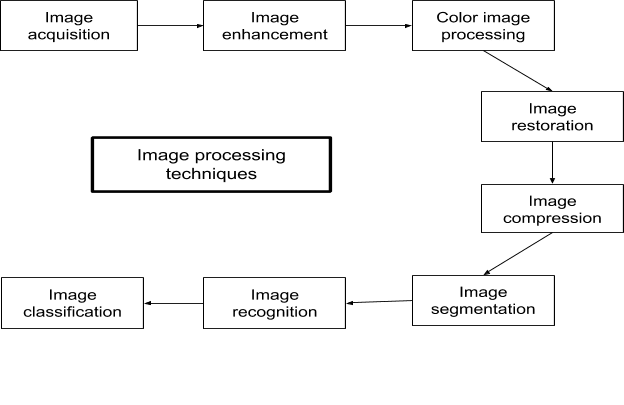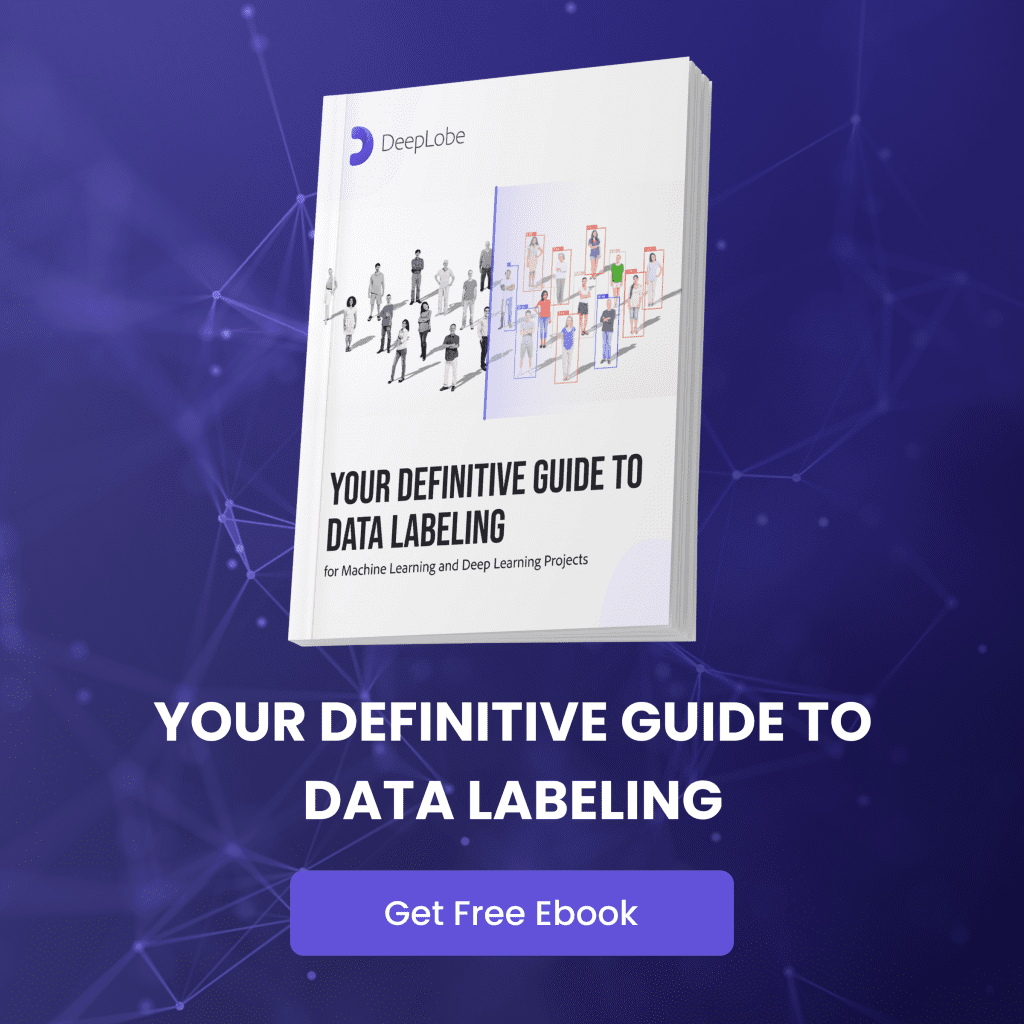
DeepLobeDecember 14, 2020Image Processing
Image processing is an art of mathematically altering digitized images to extract quantitative information by leveraging cutting-edge technologies. With advancements in technology and hardware (camera) – along with the availability of raw data from various sources in the form of text, images, and videos that needs to be processed – companies are adopting artificial intelligence and computer vision as they are feasible in applying these abilities in assessing, measuring, and addressing the needs of every industry.
Image Processing and Computer Vision
The terms image processing and computer vision are often used interchangeably. It is important for companies to understand the difference between image processing and computer vision for choosing the right technology for the right usecases.
Image processing, being the subset of computer vision, doesn’t exactly require machine learning. It involves the application of mathematical functions and algorithms for sharpening, stretching, smoothening, and contrasting images, without any intelligent inference being done over the image itself. In the late 1960s, digital image processing was first developed and successfully applied at NASA to convert analog signals from its spacecraft to digital images with computer enhancements.
Whereas, computer vision involves modeling image processing using machine learning. It can analyze images and videos to extract the desired insights in real-time. It applies machine learning to recognize patterns and interpret the images to identify objects, classify, and sort them according to their size, color, etc.
Image Processing And Analysis Techniques
An image processing system is a combination of hardware and software tools that acquire an image, using appropriate sensors to detect the radiation or field and capture the relevant features of the object in the best possible way. The analysis of digital image processing generally and broadly includes the following steps:
Image acquisition – Acquiring the image in a digital format is the first step. The image should be of high quality and high resolution for a better analysis.
Preprocessing – Obtaining and improving the image with the same dimensions as the
original image.
Image segmentation – Partitioning the digital image into disjoint and nonoverlapping
regions.
Analysis of the image – Object measurement operations to measure the size, shape,
color, and texture of the objects.
Classification – Identifying objects by classifying them into different groups.
The image below indicates these techniques in a comprehensive way:

Applications of Image Processing
Image processing has gained popularity in recent years and is considered to be a rapidly growing area in computer science engineering. The technological innovations in digital imaging, computer processing, medicine, video production, photography, remote sensing, and security monitoring are influenced by the growth in the field of image processing. A few applications of image processing are briefly discussed below:
Face detection
The main goal of face detection is to detect and identify specified features such as locations and sizes of faces from a known number of faces. Many face detection algorithms are emphasized in detecting frontal human faces to solve the most general and difficult problems of multiview face detection.
Biometric verification
A biometric system is basically a patterns recognition system that acquires the biometric data from an individual to ensure that the rendered services are accessed only by a legitimate user. It is an automatic identification, recognition, and verification of individuals by their characteristics or behaviors. A set of defined features are extracted from the acquired data to compare them against the template set in the dataset. Depending on the type, model, and functionality of the application, a biometric system can either verify or identify individuals.
Video processing
Video processing involves a collection of frames or pictures arranged in such a way that it makes the movement of pictures fast, thus involving the frame rate conversion, motion detection, noise reduction, and color space conversion, etc.
Medical image enhancements & analysis
Medical imaging makes visual images of the interior body parts for clinical and medical investigation. Advanced medical imaging methods include Computed Tomography (CT), Magnetic Resonance Imaging (MRI), Gamma-ray imaging, Positron Emission Tomography (PET) scan, X-rays, UV imaging, endoscopy, radiography, etc are equipped with digital sensors, through which digital images are composed by individual pixels that help identify the disease accurately.
Remote sensing
Remote sensing involves acquiring the image from the on-site observation without any contact with the object. Remote sensing is applicable in various fields like defense, intelligence, commercial, planning, medical, etc. Ultrasound identification systems, Positron Emission Tomography (PET) scan, X-ray, MRI, and space probes are other areas where remote sensing is hugely applicable.
Agriculture
With the rising population, the demand for food takes a steep dive too. But, with the diminishing quality and quantity of agricultural lands, climate variations, and political instability, the agricultural industries are trying to find new solutions to improve the essence of productivity and sustainability. Precision agriculture (an advanced technology used to ensure that the crops and soil are provided with what they exactly need for optimum health and productivity) implements various computer vision-based image processing and analysis techniques to determine optimum proportions of crops, weeds, and soil in the image by considering varying light, soil background texture, and crop damage conditions.
Optical Character Recognition (OCR)
OCR is the mechanical or electronic translation of, either handwritten or printed, text in the images into machine-encoded text, whether from a scanned document or a photo of the document. It involves the scanning of the text character-by-character, followed by an analysis of it, and then translating the character image into character codes commonly used in the data processing.
Multimedia security
With the widespread usage of the internet and information in the form of text, images, and videos over the internet, there exists the risk of plagiarism of this digital content. Valuable digital content is vulnerable to unauthorized access while in storage or during transmission through a network. The current security frameworks are either using encryption methods like visual cryptography (a method of protecting images that has a computation-free decoding process) or steganography, or watermarking, or a combination of all. These methods are implemented to achieve security goals, which are confidentiality, integrity, and availability.
Conclusion
Computer vision powered image processing, an innovative field of artificial intelligence (AI), is enabling industries ranging from retail to manufacturing to healthcare to automotive to boost customer engagement, enhance customer satisfaction, improve diagnosis and safety measures by rapidly leveraging image/video processing and deep machine learning. It is, though, important for companies to ensure that they have the necessary tools(in-house technical and operational capabilities, established research and development, etc) to implement AI and computer vision powered image processing and achieve its potential value.
And if you think you are not sufficiently equipped with the right resources/tools to implement computer vision, do check out DeepLobe, a machine learning API as a service platform, that helps enterprises add significant value by increasing efficiency, automating business processes, and/or reducing costs.
